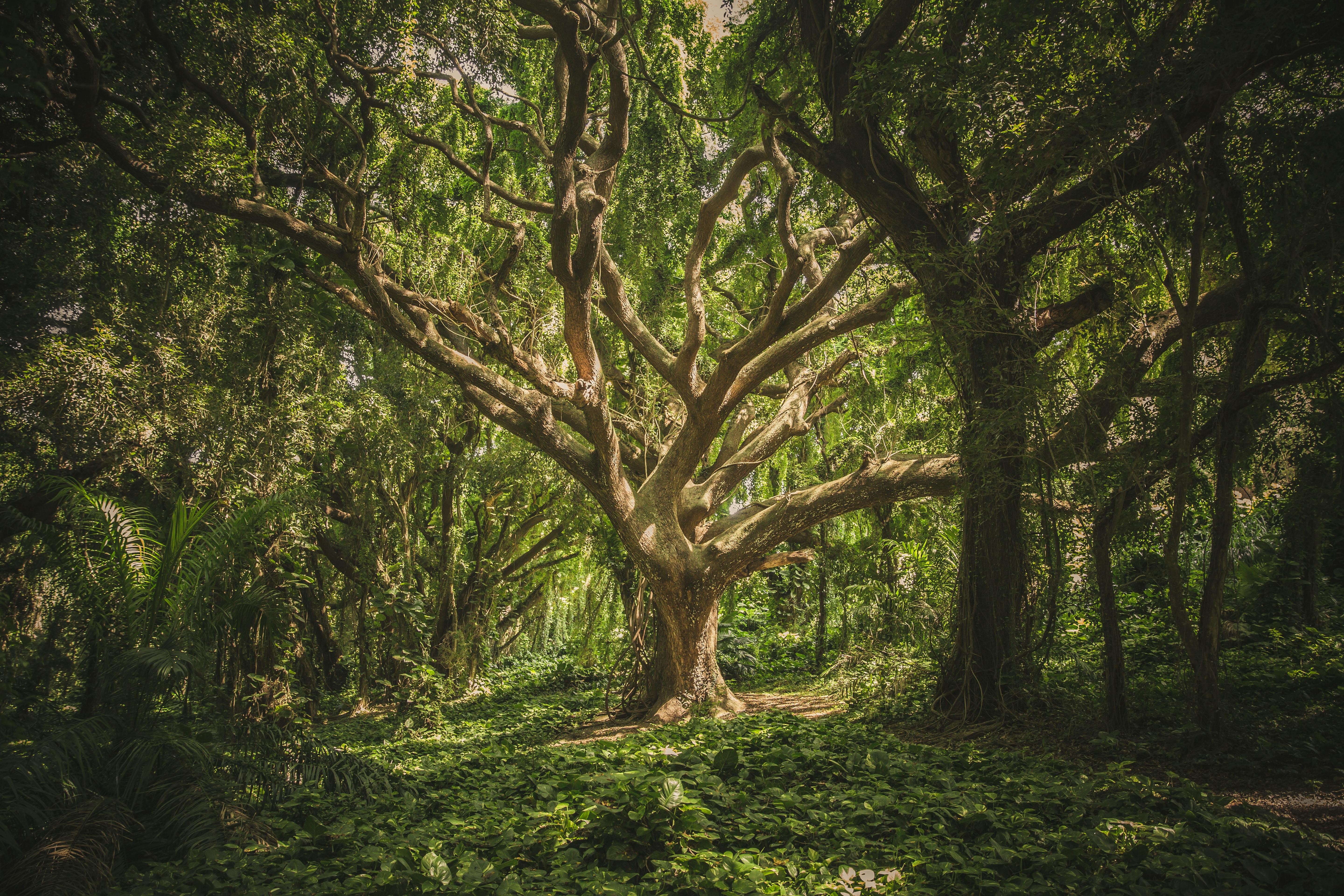Unveiling the Health Benefits of Forest Therapy: The Ancient Practice with Modern Appeal
Have you ever felt an inexplicable sense of calm and rejuvenation after a walk in the woods? This isn’t a coincidence. Forest therapy, also known as forest bathing or Shinrin-yoku in Japan, is a timeless practice with profound health benefits that are now being validated by modern science.

The Roots of Forest Therapy
Forest therapy has its roots in Japan where it is known as Shinrin-yoku, a term that translates to “forest bathing.” The practice was first introduced in the 1980s by the Japanese Ministry of Agriculture, Forestry, and Fisheries as a natural stress management strategy. The idea was simple: immerse yourself in nature, breathe deeply, and reap the benefits of this therapeutic exposure. Over the years, scientific research has started to catch up with this ancient wisdom, unveiling the potential health benefits of forest therapy.
The Science Behind the Leaves
A growing body of research is uncovering the potent health benefits of forest therapy. Multiple studies highlight the practice’s ability to reduce stress, improve mood, lower blood pressure, boost the immune system, and enhance focus. These benefits are linked to various factors, including exposure to phytoncides–natural oils emitted by trees, which have been found to boost immune function.
The Yin and Yang of Forest Therapy
Like any wellness strategy, forest therapy comes with its own set of benefits and challenges. The benefits, as mentioned, are numerous and backed by science. However, the challenges lie in accessibility and time. Not everyone has easy access to large, serene forests, and finding time in our busy schedules can be difficult. But even a small patch of green can suffice for a quick forest bath, and scheduling a regular visit to a nearby park or woodland can become a form of self-care.
Practical Tips for Forest Therapy
- Start small: If you’re new to forest therapy, start with short, 15-minute sessions and gradually increase your time.
- Use all your senses: Forest therapy is not just about sight. Listen to the sounds, smell the scents, touch the textures, and if safe, taste the flavors of the forest.
- Solo or group: You can practice forest therapy alone for a meditative experience or in a group for a shared experience.
- Guided sessions: Consider hiring a certified forest therapy guide for your first few sessions to help you get the most out of the experience.
A Breath of Fresh Air
Forest therapy is much more than a walk in the woods. It’s an immersive, sensory experience that harnesses the healing power of nature. As we become increasingly urbanized and digitally connected, practices like forest therapy offer a vital antidote, reconnecting us with the natural world and unlocking deep-seated wellness benefits. Whether you have access to an expansive forest or a small city park, consider incorporating this ancient practice into your wellness routine for a breath of fresh air.




